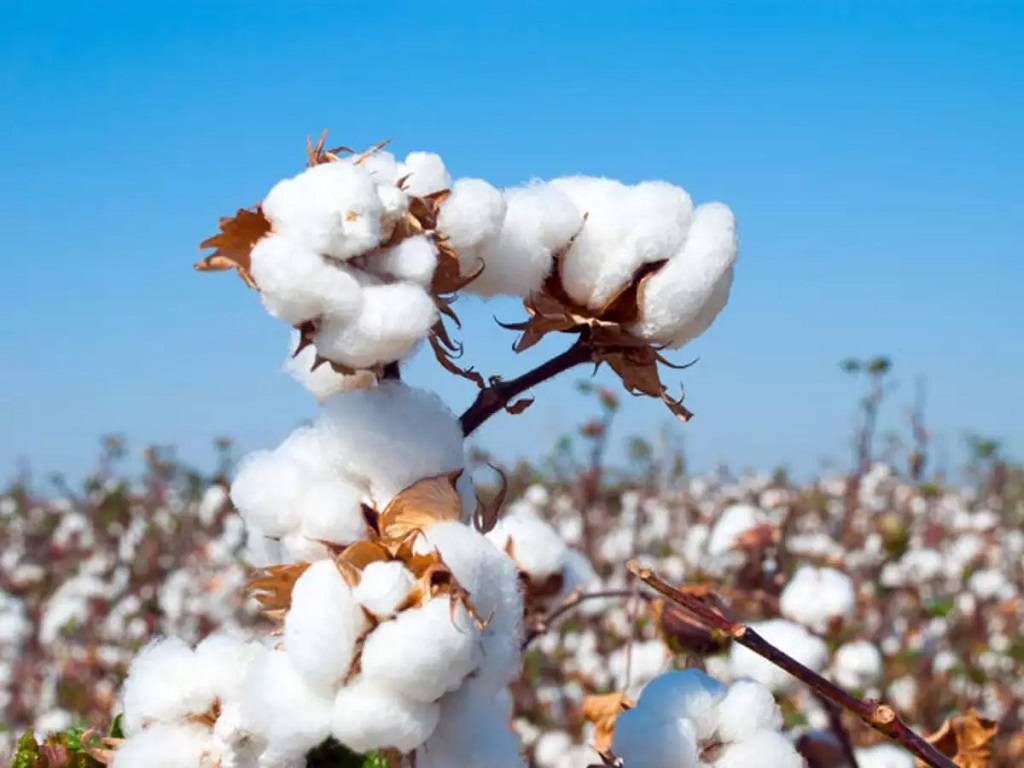
Cotton farmers in Punjab and Haryana in the northern states are experiencing difficulties due to pink bollworm (PBW) infestation. In districts like Hisar and Sirsa in Haryana, as well as Bhatinda and Faridkot in Punjab, the PBW infestation was found in the early stages of the cotton crop cycle.
On Wednesday, chief minister Punjab Bhagwant Mann ordered the agriculture department to take precautions against the pink bollworm's growth in the state's cotton belt.
Pink bollworm reports have begun to emerge from the cotton fields in the Mansa and Bathinda areas. The pink bollworm only eats cotton plants, or it is monophagous. It has an impact on a flowering plant. First-generation transgenic Bt cotton (Bollgard cotton) no longer affects it. Pheromone traps in fields that catch male insects can quickly detect a bollworm infestation.
To ensure that the attack was stopped in its early stages, the CM requested that the department station its teams in the cotton belt. He said that it was urgent to take all necessary precautions to prevent the pink bollworm attack from spreading to cotton-growing areas.
The CM stated that the state department had a responsibility to prevent any losses for the farmers and that the attack should be dealt with immediately. He asked the teams to go to the Malwa area, evaluate the magnitude of the attack, and determine the appropriate course of action.
According to Vijay Kumar, the principal entomologist of Punjab Agriculture University (PAU), "Bollworm would only impact those farms from which last year's residue was not cleared. The late-sown crop has not been impacted by bollworm or a delay in canal irrigation support.
ICAR-CICR Recommendations to Fight Pink Bollworm
-
In any event, the cotton crop should be finished by January.
-
Observe the cotton season. Avoid planting cotton in April and May as pink bollworm incidences may be greater during these months.
-
Remove all of the field's previous crop's stubble, paying special attention to the infected bolls. A pile of dried crop branches should not be created at the field's border.
-
If you have seeds for both Bt and non-Bt cotton crops, plant the non-Bt seeds in the field as a backup crop. Pink bollworm can be treated using this method.
-
Avoid bringing contaminated and infected cotton bolls into the warehouse.
















